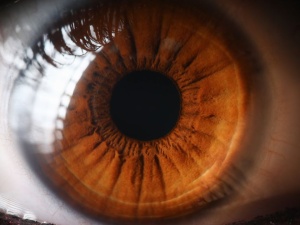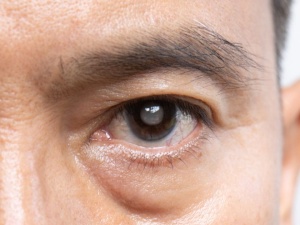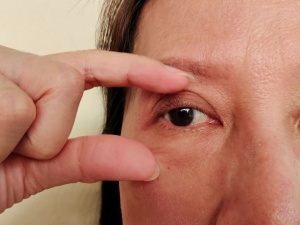Quitting smoking is one of the best things you can do for your overall health. If you don’t smoke, experts strongly discourage starting as this poor habit can put you at risk of serious diseases. Keep in mind that the smoke from cigarettes can endanger everyone who inhales it, regardless of age and health condition.

Lung and heart disease aren’t the only consequences of smoking. It can also compromise your eye health. Your localoptician explains how.

Dry Eye Syndrome
Tears lubricate and nourish your eyes. You could develop dry eye syndrome if your eyes don’t make enough quality tears. Among the most common symptoms of this condition are eye redness, a stinging or burning sensation, light sensitivity and watery eyes. You might also experience a feeling of having something in your eyes. Furthermore, some patients struggle to wear contact lenses and drive at night.

Smokers or those exposed to secondhand smoke are more likely to suffer from dry eye syndrome. It’s because tobacco smoke can irritate the ocular surface. It can reduce tear production and quality, resulting in discomfort, especially during the colder months when the air is drier. If you are dealing with persistent dryness, irritation and redness in your eyes, don’t wait before scheduling aneye examination. Your doctor will perform various tests to determine what’s causing your symptoms.
Cataracts
The lenses of your eyes are usually clear. However, if you have cataracts, it will be as if you’re looking through foggy glass due to clouded lenses. Cataracts cause blurred vision, poor night vision, and light and glare sensitivity. They can also cause colors to appear faded or yellow.
Research shows that smokers are up to three times more likely to develop cataracts compared to non-smokers. This condition can lead to permanent vision loss if left untreated. While doctors can surgically remove cataracts, prevention through quitting smoking is a far preferable approach.

Age-Related Macular Degeneration (AMD)
AMD is a leading cause of vision loss among older adults. This eye condition affects the macula, the part of the eye responsible for sharp vision. It can compromise your central vision, making it difficult to read, recognize faces and perform close-up tasks. Moreover, AMD doesn’t often manifest early signs, highlighting the importance of regulareye exam appointments.
Smokers are at a significantly higher risk of both wet and dry AMD. You are twice as likely to get AMD if you smoke. If you already have this condition, quitting smoking can slow down its progression. Eating nourishing meals and exercising regularly also helps.

Diabetic Retinopathy
Diabetic retinopathy occurs when high blood sugar levels harm the retina’s blood vessels. You could develop this condition if you have type 1 or type 2 diabetes. Like AMD, it doesn’t have obvious symptoms in its initial stages. It can cause vision loss or even blindness when not managed properly. If you have diabetes, smoking can drastically heighten your risk of diabetic retinopathy.
Uveitis
Smoking affects both the external and internal structures of your eyes. It can cause uveitis, an inflammation of the uvea or the eye’s middle layer. Eye redness, pain, blurred vision, light sensitivity and floaters are usual symptoms of this condition. Uveitis can occur in one or both eyes. It can lead to further complications, including glaucoma and cataracts, when left untreated.


Leave a Reply